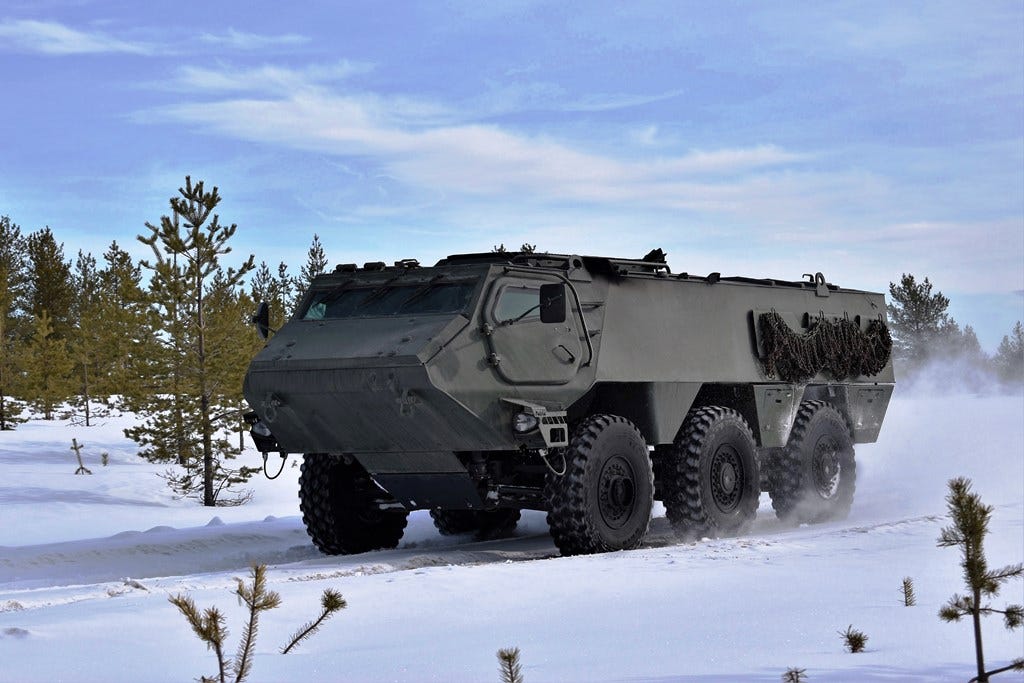Latvia to Supply Ukraine with 42 Patria 6x6 APCs!
Moving troops safely across the battlefield is fundamental
In warfare, some things never change—like the need to move troops safely through hostile environments.
When reporter Chris Cappy went to Kursk in 2024 to report on the war for Task & Purpose, one of the things Ukrainian troops told him was that it was better to travel in a low-profile vehicle rather than something fancy-looking. Why? The exp…
Keep reading with a 7-day free trial
Subscribe to Eyes Only with Wes O'Donnell to keep reading this post and get 7 days of free access to the full post archives.



